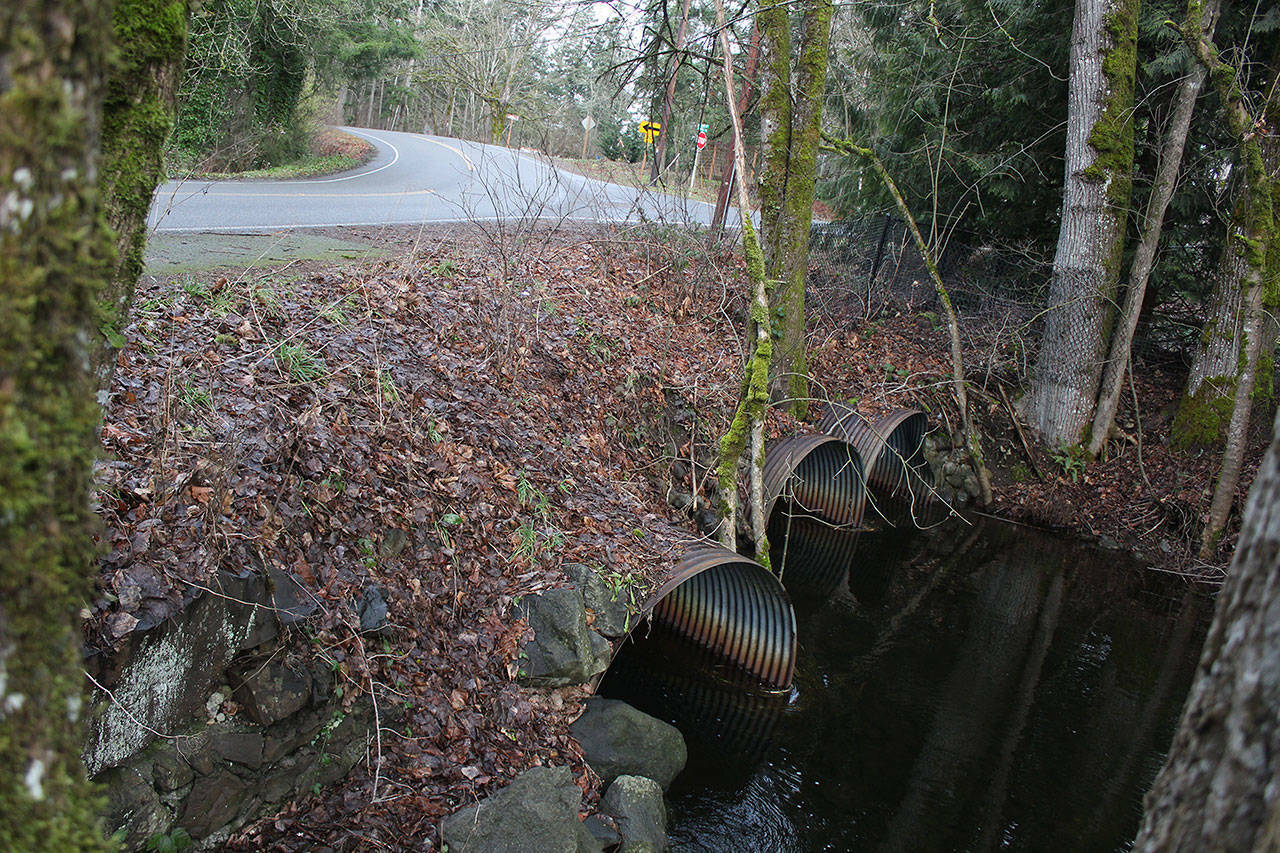Black Diamond has updated its Transportation Improvement Program, listing out what road projects the city hopes to complete in the next six years.
Additionally, there are two bridge projects that are moving forward.
The TIP, approved during the June 20 meeting, is an annually-updated document that is required by the state in order for the city to receive various grants to help with the projects. It’s a non-binding document, and changes are often made year to year as priorities shift.
The total cost of all the listed projects comes out to more than $96.5 million, though many are funded by various grants or other entities.
The most expensive project is the creation of a 1.5 mile Pipeline Road, which would connect state Route 169 to Lake Sawyer Road Southeast. The estimated cost is $22 million, with a projected completion date of 2028.
The second-most expensive project is the SR 169 roundabout installation, which is currently underway, coming in at $20 million. Construction is expected to be completed in 2026.
Additionally, a $15 million project to connect Larson Parkway to SR 169, and include pedestrian facilities like bike and street lighting, is expected to be completed in 2029.
These three projects are funded by Ten Trails developer Oakpointe as a part of the Master Plan Development agreement as the neighborhood grows, plus Transportation Impact Fees.
Other projects include reconstructing Roberts Drive from the highway to City Hall and improving pedestrian facilities at Sawyer Woods Elementary.
Finally come the two bridge projects.
COVINGTON CREEK CULVERTS
During the same meeting, elected officials approved an amendment to a Paramatrix contract regarding the Covington Creek culvert replacement, and accepted a bid to replace the Rock Creek Bridge on Roberts Drive.
The culvert has been a top priority for Black Diamond for more than ten years — the three culverts under 244th Avenue Southeast are failing, which both impedes salmon migration in the creek and causes the road to flood — but permitting was an issue.
“It took over a year to get traction on one permit,” Scott Hanis, Black Diamond’s public works director, said in an email. “Once we had the permits in place, we were able to take a deeper dive into the design as we knew what would be required of the permits.”
Some of the options explored by the city included repairing the current culvert pipes or installing a box culvert, but at the end of the day, a bridge was chosen as the best option.
“…[B]ut bridges are expensive,” Hanis said, so the city had to meet with King County’s Flood Control District to ask for funds; the District approved a grant of more than $2.7 million for the project.
Construction was expected to begin in 2022, but it appears designing a bridge to replace this section of the road was more difficult than it first appeared to be, since there are multiple slopes on the section of 244th would be replaced.
“There is an uphill slope running to the north and the road slopes from east to west with no crown in the middle,” Hanis said. “It’s something our engineers are working on and will figure it out.”
Bridge construction is expected to impact traffic.
“We decided to include a temporary one-lane bridge with signalization to at least provide emergency access,” Hanis said. “All drivers will have access but delays will be likely.”
He added that a complete road closure may be necessary while the temporary bridge is built.
Construction is hoped to begin in 2026.
ROCK CREEK BRIDGE
Elected officials also approved a bid from Iron Creek Construction to replace the Rock Creek Bridge under Roberts Drive.
While the bridge is in good shape overall, “we found some degradation that should be addressed,” Hanis said. “… It’ll stop the problem while it’s small to prevent it from becoming a significant problem.”
This project has been on the books since at least 2017, but Hanis said transportation funds are tight, so this project was tackled slowly over a few years.
A construction schedule has not been set, but it’s expected the project will take four weeks.
“Traffic impacts will depend on how they approach the work. With most of the work being underneath the bridge, I imagine the contractor will want to minimize lane closures and want to stay off the road,” Hanis said. “Worse case scenario would be daily one lane closures with flaggers over four weeks.”
Contributor Max Burchi aided in this report.


